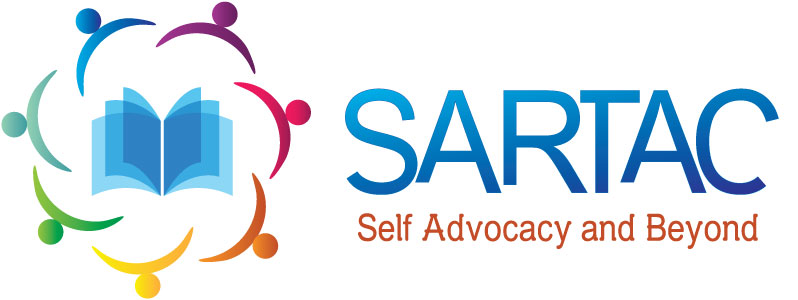“What is Self-Advocacy?” by www.selfadvocacyonline.org at the Research and Training Center on Community Living, Institute on Community Integration, University of Minnesota, 2015.
Self-Advocacy is:
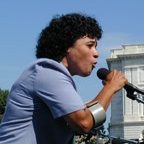
A civil rights movement for people with intellectual disabilities
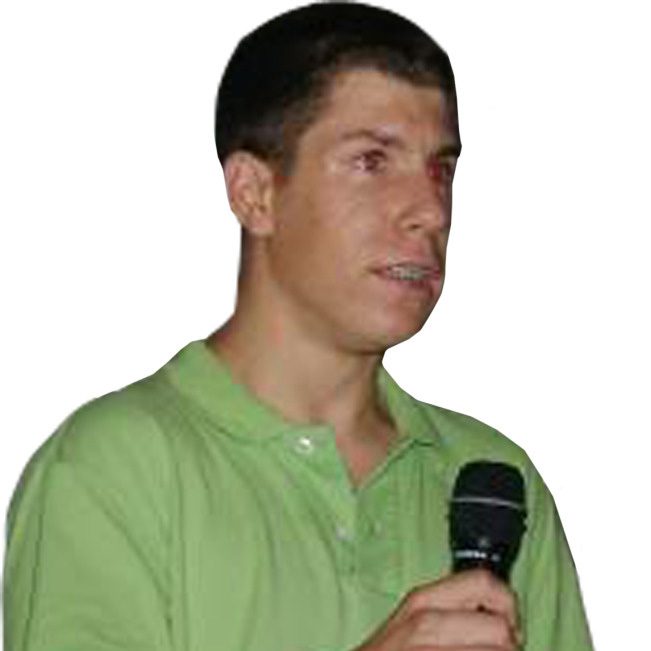
People speaking-up for what they think is important
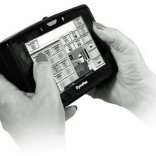
Something everyone is capable of

Making your case and negotiating for what you want
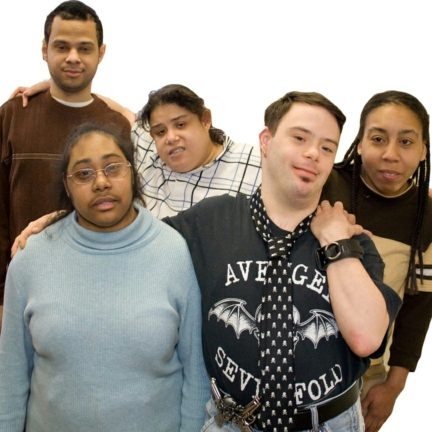
Realizing you are not alone, joining a self-advocacy group

Knowing your strengths, being proud and feeling strong

Taking risks, trying new things
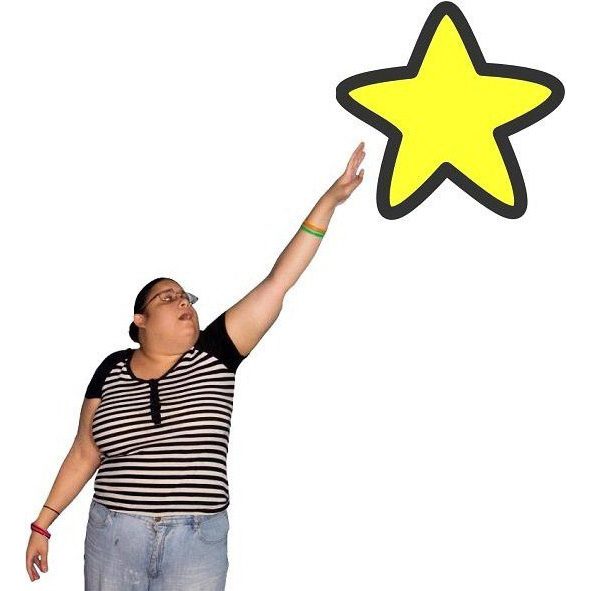
Going after your dreams
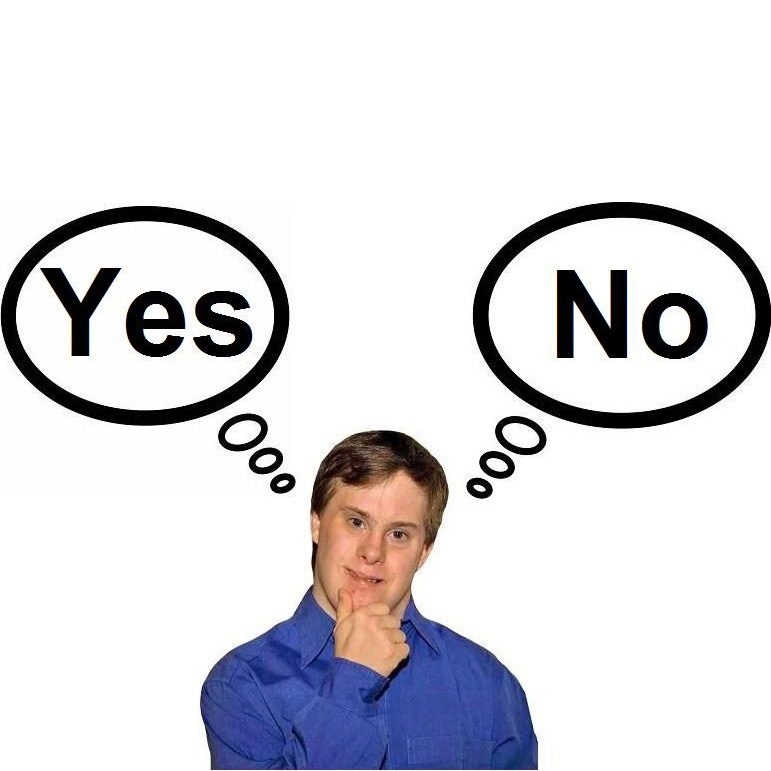
Making decisions
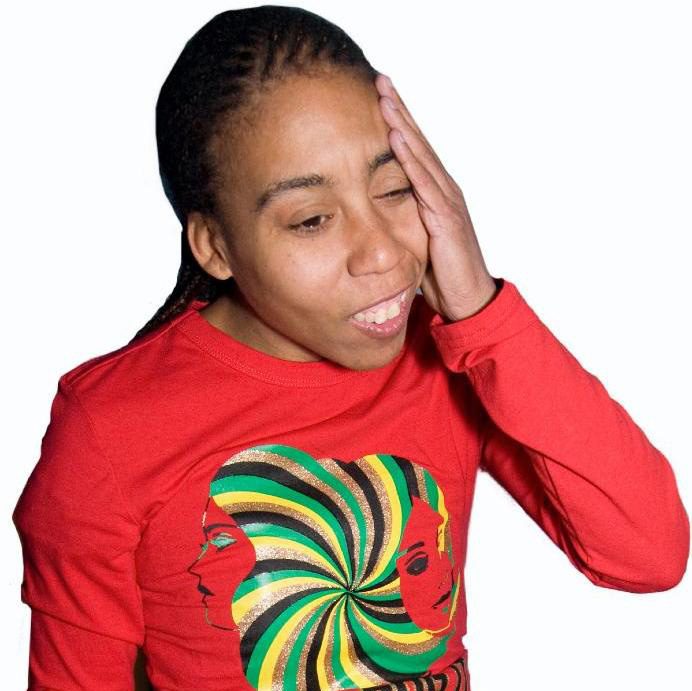
Making mistakes and learning from them
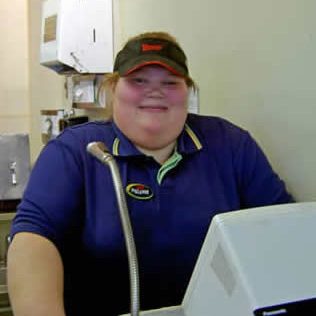
Being part of your community
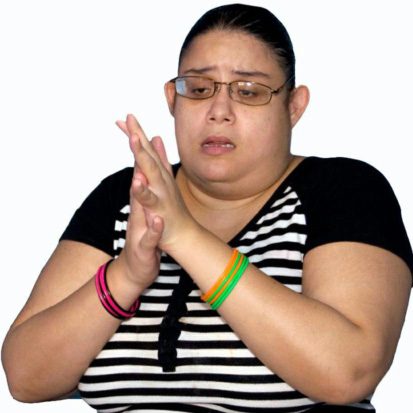
Managing your emotions so others can hear what you have to say
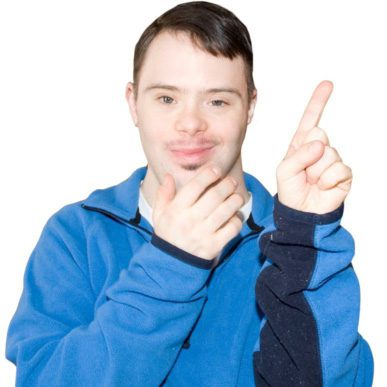
Being curious and asking questions
Self-Advocacy is NOT:

A program

People sitting around and complaining

Only for people who can talk.

Keeping everything the same

Keeping to yourself

Putting yourself down

Playing it safe, doing the same stuff

Sleeping through your dreams

Other people making decisions for you

Not taking any chances

Staying home

Staying angry

Being questioned
“Self-Advocacy” by the National Gateway to Self-Determination, 2011
Just like other civil rights movements, we need allies. In the self-advocacy movement, allies are people without disabilities. Allies take on the beliefs of the self-advocacy movement and support the movement.
History of Self-Advocacy
The beginning of the self-advocacy movement dates back to the 1960’s. Visit Parallels in Time: A History of Developmental Disabilities by the Minnesota Department of Administration Council on Developmental Disabilities to read a timeline of self-advocacy and the people first movements.
Watch the People First film (1976, 34 minutes) published with permission of James Stanfield Film Company. The film shows the first state conference of People First of Oregon. The conference was chaired by Valerie Sharf. The conference is considered the beginning of the self-advocacy movement in the United States.
